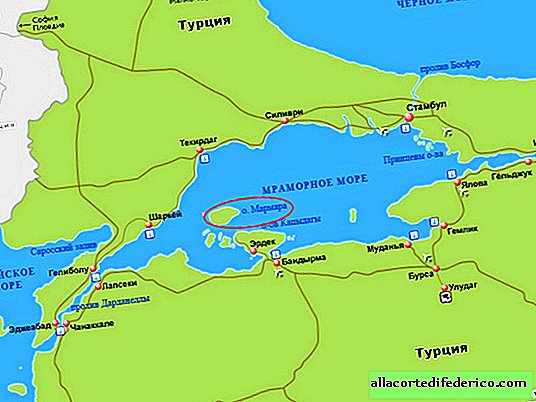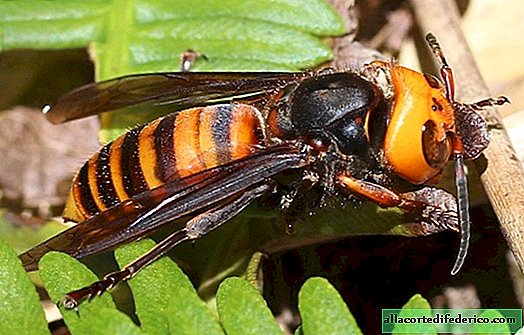Why did the Chinese plant more than 1 million genetically modified poplars
In the past decade, China has paid much attention to resolving environmental issues, which have accumulated a lot in the country. One of the priority areas is improving atmospheric air quality, combating desertification and preserving forest ecosystems. But due to the fact that China officially banned deforestation on its territory, the question arose about the lack of wood for the needs of industry and the population. Just in order to satisfy the demand for wood, the country decided on a bold experiment - planting a genetically modified poplar.

Black poplar is widely distributed in Eurasia and is one of the fastest growing tree crops. Of course, bamboo thickets grow much faster, but they do not give the valuable wood that poplar trees form. In addition, poplars are a very unpretentious species that can grow in conditions of insufficient or excessive moisture, as well as tolerate frosts, which is especially important for the northern part of the country. Therefore, China has relied on poplar as a valuable breed for industrial logging and the fight against the onset of sand and ravines.
But poplar, like most trees, has its own enemies - harmful species of insects that can cause significant damage to plantations until their complete destruction. Especially to combat them, the poplar gene was modified. The new species is capable of producing Bt-toxin, or Cry-toxin, which leads to the death of insect pests. Officially, permission to plant such trees has been in force since 2002, and so far about 1.4 million trees have already been planted.

It is worth noting that genetically modified poplar is not the only tree species that genetics worked on. Enough birch trees and aspen trees have already been created, which have accelerated growth, which in the future will make it possible to obtain a higher volume of production from 1 hectare of such stands. At the same time, supporters of such trees assure ecologists and social activists that they do not pose any threat to natural forms and are not able to form seeds and reproduce independently. But, alas, as the practice of China shows, this is not entirely true.
Recent studies have confirmed that trees in which the altered gene is present already grow not only within the forest plantations, but also behind them, which means that poplars with the Bt-toxin-producing gene are capable of breeding and crossbreeding with wild species. Moreover, scientists fear that they may displace natural species from their original habitats, since such plants are not vulnerable to pests.

















